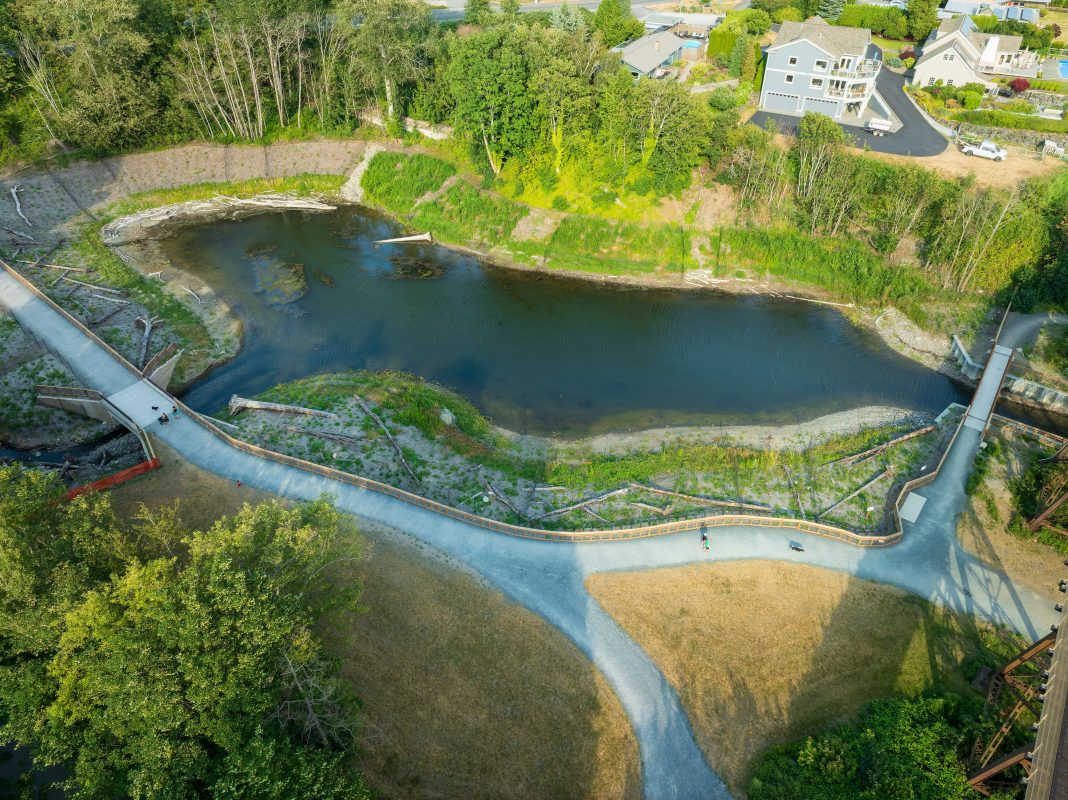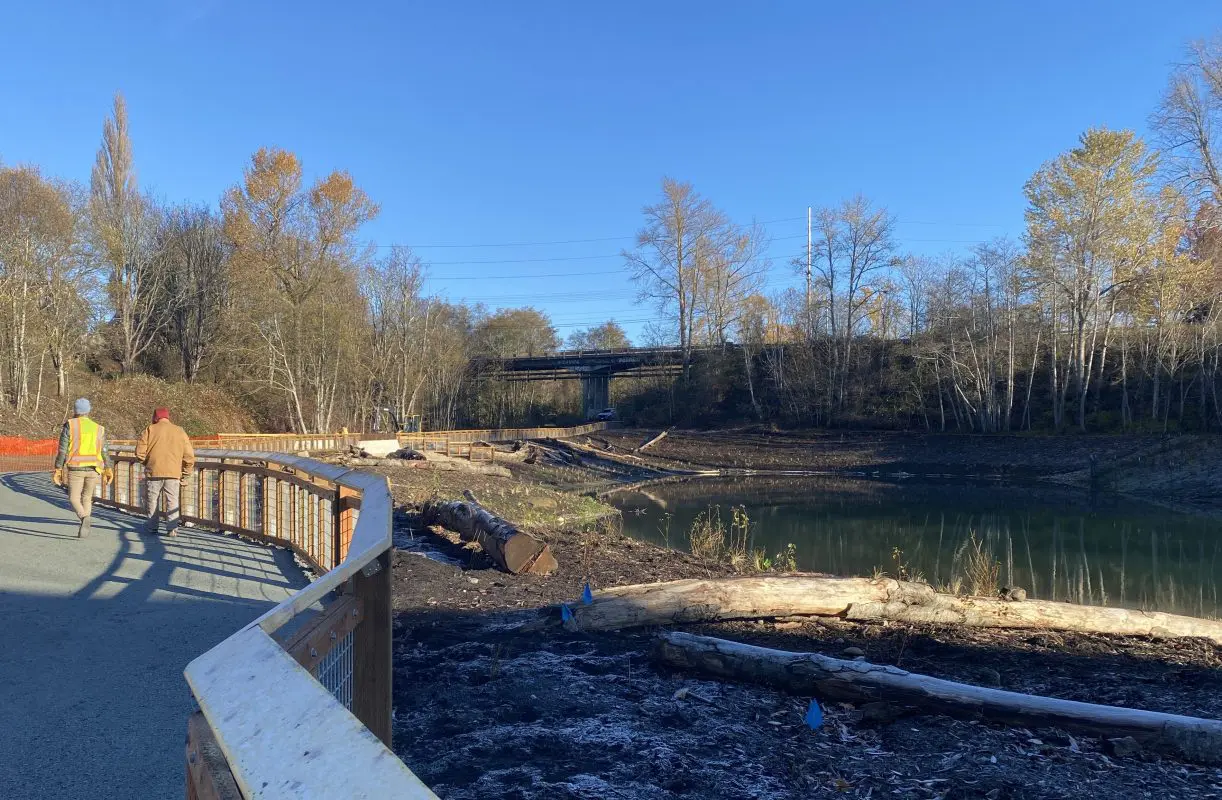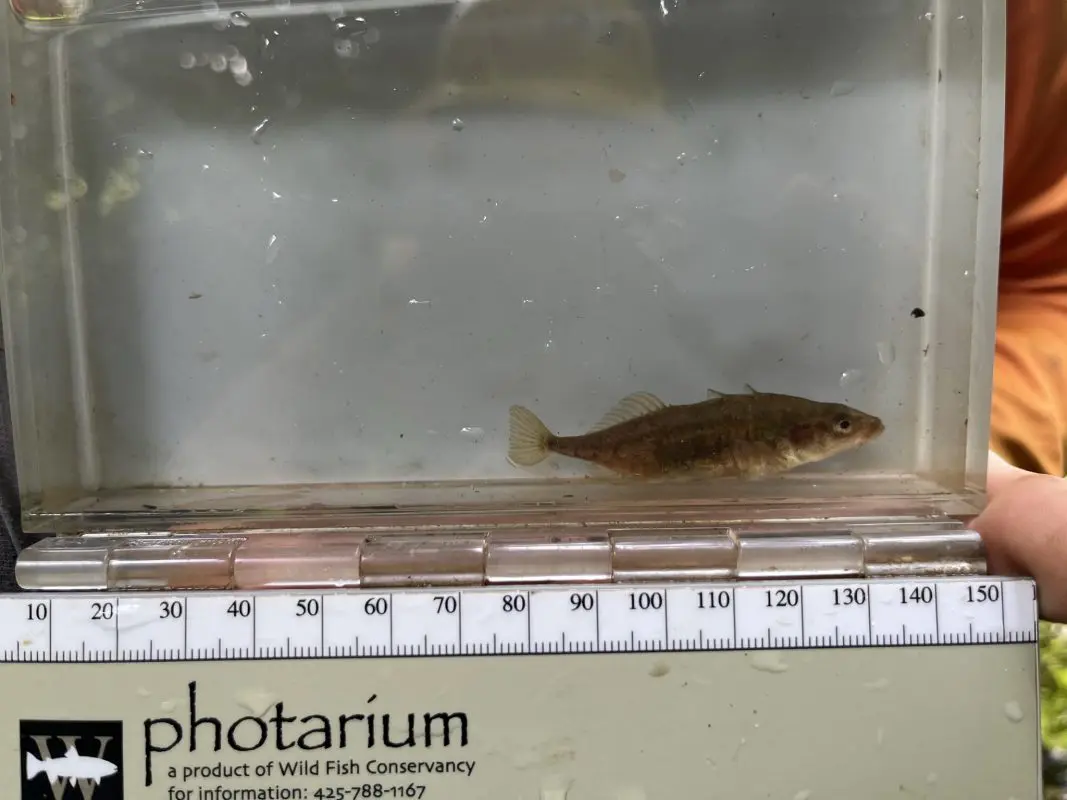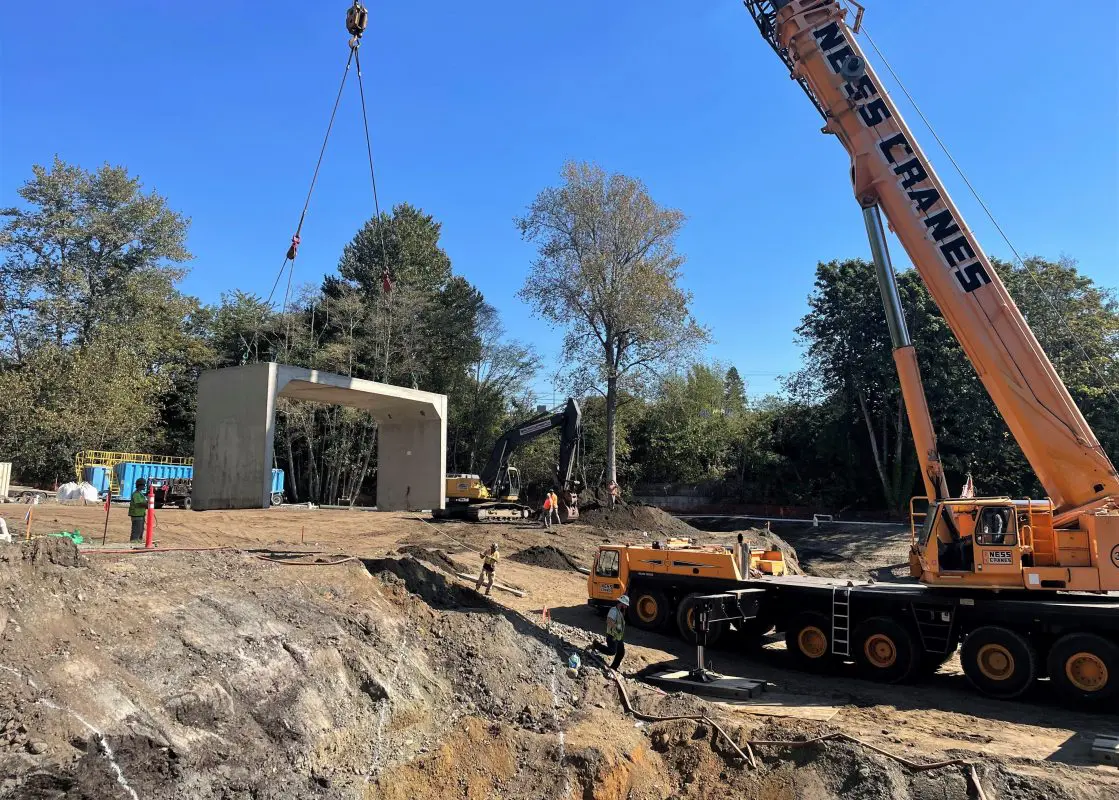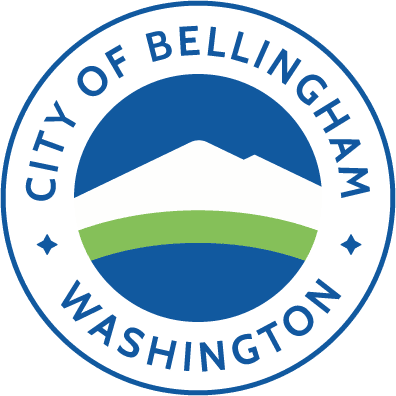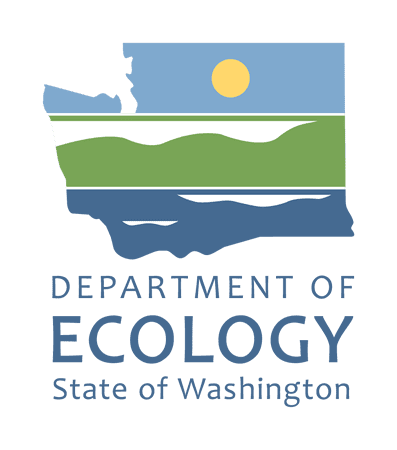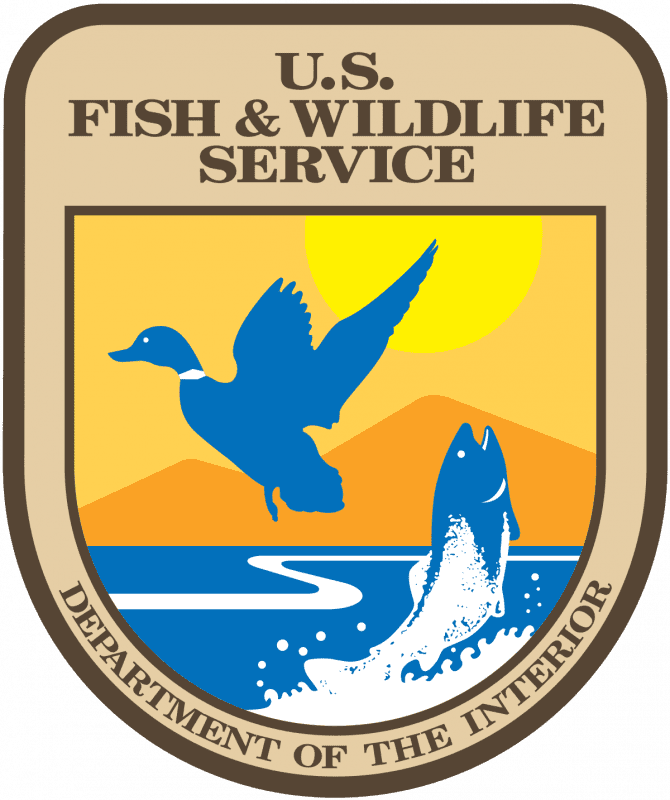The Little Squalicum Estuary project helps address the need for additional estuarine habitat in Bellingham Bay. Completed in 2024, the project restores 4.85 total acres of coastal habitat including a 2.4-acre estuary. The project also removed a fish passage barrier at the mouth of Little Squalicum Creek, just two miles east of the Nooksack River Delta in Little Squalicum Park.
This project restores tidal and sedimentary processes, improves fish passage, and returns saltmarsh, mudflat and estuary habitats to an area where historical wetlands have been lost. Over the past 150 years, Bellingham Bay has lost an estimated 282 acres of aquatic land as the result of historical dredging, filling, and shoreline modification activities, drastically reducing rearing habitat available to local salmonid populations. Due to an increasingly urbanized shoreline with competing uses such as marinas, industry, and railways, the WRIA 1 Nearshore and Estuarine Assessment and Restoration Plan identified Little Squalicum as one of the last remaining locations available for estuary habitat expansion in WRIA 1.
More Information
Estuary Video
Learn more about the importance of local estuaries in the video below, created by the City of Bellingham.
Resources
Wildlife Habitat Assessment
Fish Studies
City Restoration Sites
Public Works Contacts

